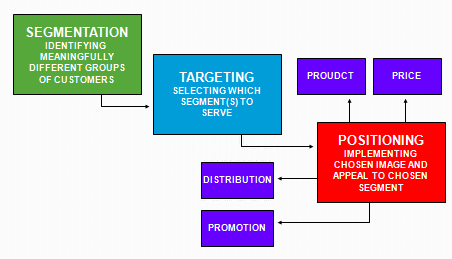Sustainable marketing
Sustainable marketing is the process of promoting products that are environmentally safe at the retail level and touting a company's commitment to sustainable practices at the public relation level. It applies traditional marketing techniques but in a specific context. This category of marketing seeks to capitalize on the increased value consumers place on eco-friendly products and companies that have a perceived commitment to sustainability in its production and supply Chains
Marketing that promotes a company's sustainable initiatives serves as a bridge between. Corporate responsibility and profitability. These initiatives often require a significant capital investment to change the way a company does business or to innovate its products and services so they have a more positive impact on the environment. Investments in sustainability are only worthwhile to a corporation if they result in increased profitability. While social goals are admirable, a corporation has a fiduciary duty to maximize profits for its stockholders. Sustainable marketing assumes this investment is viable by crafting messages that tap into this consumer concern with the expectation that it can be translated into purchasing decisions.
The Corporation for Battery Recycling (CBR), a non-profit organization comprised of the four largest battery makers, issued a request for proposal that seeks a business partner to steward the collection and recycling of household batteries.
The national program will focus on the collection of all consumer batteries and recycling of alkaline manganese, zinc carbon, zinc air, silver oxide and lithium batteries.
The battery group’s work began in 2011 with a full life cycle analysis by MIT of consumer batteries, which indicated that, under the right circumstances, collection and recycling could be net environmentally positive (measured against a baseline of environmental impact of land filling batteries under current assumptions). This new finding led to the formation of CBR, the governing entity that has begun the process for a national battery recycling effort.
CBR members have been working together to review the implications from the life cycle analysis and create a framework for voluntary recycling where the use of recovered materials such as zinc, manganese and steel offsets the extraction impact of virgin materials.
The execution of a communication and education program is an integral component of the stewardship organization’s responsibility. An awareness campaign is under development to inspire, educate and motivate consumers of primary household batteries to voluntarily participate in the program.
Environmental
impact due to batteries
- Studies have showed that for both
primary and rechargeable portable
batteries, the mining and refining phase
has the highest environmental
impact
- For rechargeable batteries, the use
phase also plays an important role:
- Number of charge cycles
- Energy efficiency of chargers
- Electricity mix
1997 – 2007: Market trends(*)
-Average weight of primary batteries fell by 24%
Environmental
gains from reduced use of natural resources
The
current roadmap for sustainable market for this industry requires to assess and
reduce the environmental impacts of the existing recycling processes and repercussions
of battery collection system. The Raw materials extraction from mining should
not impact the environment.
The
objectives followed for a sustainable market are
1.
To develop sustainable mining and refining codes of practices
2.
To establish a set of sustainability guidelines for suppliers3.
To obtain life cycle inventory data on some key-ingredients

















